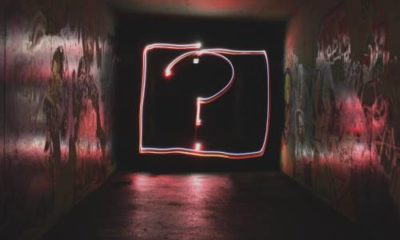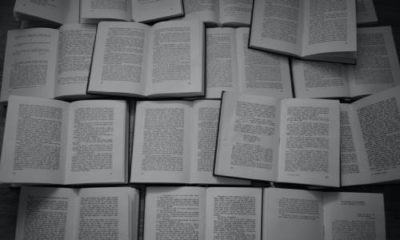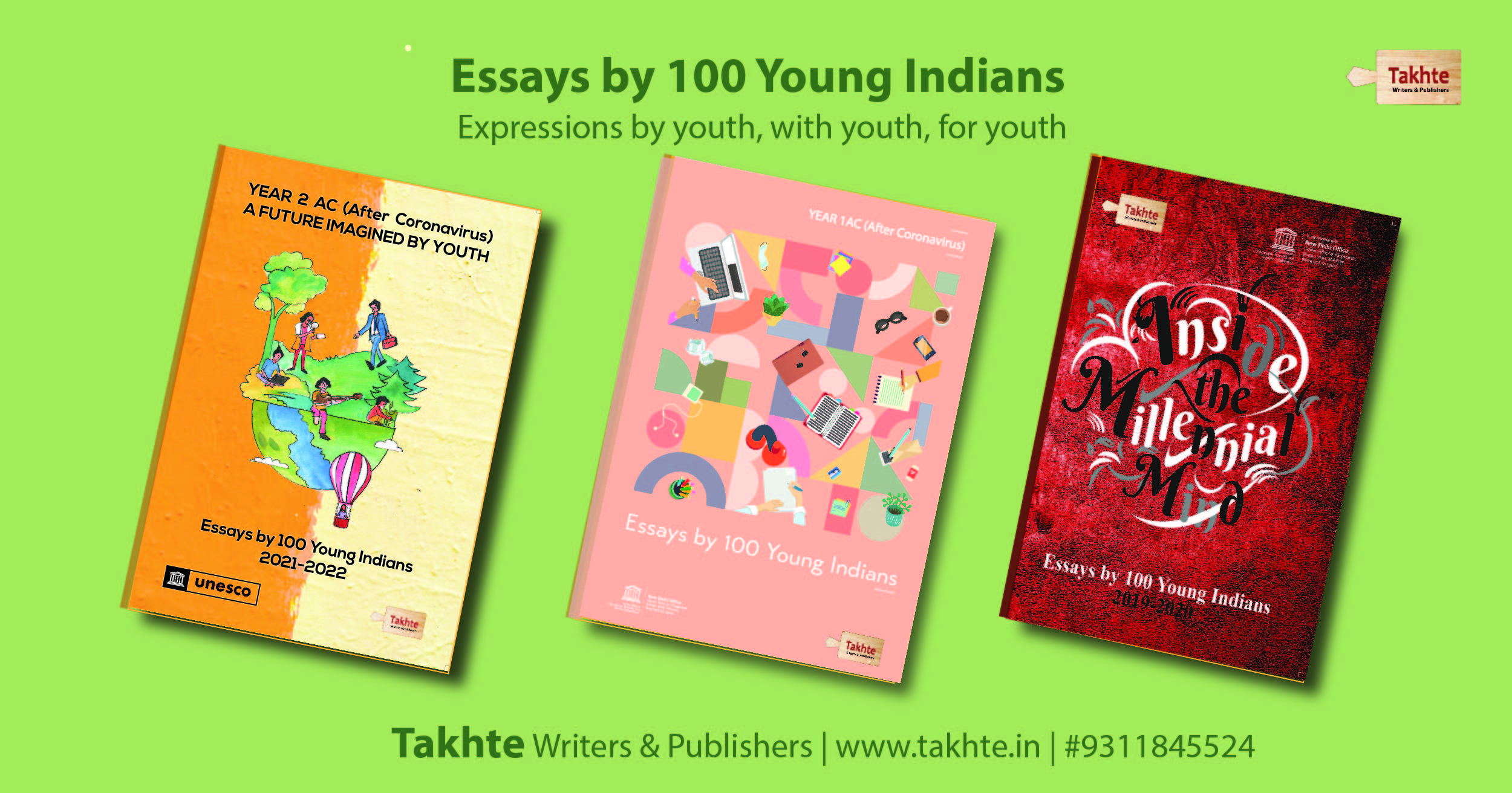Art & Culture
The Gastronomy of Indian Cuisine
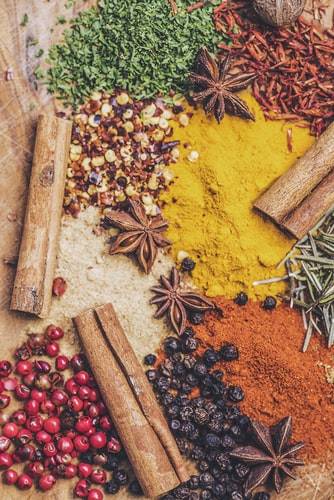
Duiena Rai
K.R Mangalam World School, Gurugram, Haryana
“Belly rules the mind” – Spanish proverb
My maternal Aunt always says the best memories are made around the dining table. I couldn’t help but agree with her because our family dinners are more about the enchanting tales of history served with sumptuous dishes.
My maternal uncle, a lover of history, in his views, if he would not have been a bureaucrat, he would have been a food historian. On the other hand, is my maternal Aunt, a professor by profession, and a wonderful cook by passion from Mughlai to continental. From Jalebis to tarts, she’s got finger-licking recipes.
And when they both come together, it’s a confluence of history and food. Often, I have noticed that some way or the other, the food was always related to the royals. I was curious about it, and thus, they apprised me that the Indian Royal families have been the prime patrons of our cuisine. Just as they say, the dialects change every 10 miles; similarly, the taste changes every 10 miles.
Factually speaking, Indian cuisine is the 4th most popular cuisine. A cuisine whose journey dates back to 7000 BCE. Thousands of times, India was invaded, its culture was on the brink of destruction, but one thing that they could never take away from us was our culture, food, taste, and in fact, they left their impressions on our cuisine.
“Kaafile baste gaye, hindustaan banta gaya” – Firaq Gorakhpuri.
These lines are in Urdu, but they translate that Indian Soul is an amalgamation of people from various cultures, traditions, backgrounds, and beliefs. Indian cuisine wasn’t made in a day; it has evolved over the centuries; it has the indelible marks of every person who came across it.
Our millennial and gen z generation has forgotten the tastes of butter smothered tandoori bread, of richly spiced lentils; all they remember is the taste of mac and cheese, Nutella topped pancakes, cheesy fries, and garlic bread.
Since childhood, I was enamoured by the fact that various royal families patronize Indian cuisine. Indian history is the tale of the royal houses, who defended our boundaries and protected our culture.
The land with inhabitants of every major religion known, the place where the revered Gautam Buddha gave his first sermon. The country with 22 languages and thousands of dialects, the place which was once the seat to the throne of mighty Mughals. The country is known for its vibrancy, varied cultures, and those traditions very carefully preserved by families, most prominently by the royal houses.
From Kashmiri Royals to the Nawabs of Arcot, Hyderabad Royals and Wadiyar’s of Mysore, The Rajputana and right in India’s heart, The Rampur Royals and The Maharajas of Gwalior. They are so many mouth-watering recipes, so well kept by the connoisseurs of food and heritage.
“If there is heaven on Earth, it is here…it is here….it is here”- Jahangir, the Mughal emperor describing Kashmir. It is the land of steep valleys and majestic mountains, towering Chinar Trees, picturesque Dal Lake, and orchards dazzling with Kashmiri apples. Its landscapes are like the strokes of God on the canvas of Earth. The land whose beauty can’t be expressed in mere words. Kashmir has the famous Dogra dynasty and Kashmiri Pundits, the faithful preservers of its culture and food history. The noted Noon chai, a salted tea, which looks heavenly due to its blush pink colour is an integral part of Kashmiri cuisine. The traditional specialty of the Kashmiri pundits, Rogan Josh, tender mutton cooked in a tasteful gravy. The Mughal emperor, Jahangir, brought this dish to the Kashmir valley around 4000 years ago. Another famous delicacy of Kashmiri cuisine is the Yakhni, a flavourful yogurt curry. Kashmir influences Mughals, central Asians, Persians, and Chinese; their impressions still live through these Kashmiri delicacies.
The Nawabs of Arcot ruled over the Carnatic region, located between the Eastern Ghats and Coromandel Coast, Present-day Tamil Nadu. The residents of the marvellous Amir Mahal in Tamil Nadu have contributed significantly to Indian history. An Arcot clan is found near the Tiruvannamalai temple town too. Arcot’s princely state saw various sieges, battles, and annexures, yet it stands tall through it all. The Amir Mahal is the oldest and most recognized places in Tamil Nadu. It has stirred tourists’ and locals’ interests, and great and honourable people have visited this historical piece of art. It is a very profound tale that in 1955, when the then Prime Minister, Jawaharlal Nehru, visited Madras, he was invited to Amir Mahal by the then Nawab. Nehru Ji loved the sweet dish called ‘Kund’. A dessert made from almonds, saffron, and milk. Another famous delicacy of the Arcot region is the ‘Ambur Biryani’, a milder and more digestible option than Hyderabadi Biryani. It has a delectable aroma and is filled with herbs. The Royal household of Arcot has well preserved the originality and sumptuousness of these dishes. Many cultures merged with the culture of this land.
Hyderabad, the city of Nizams, the converging of history and modernity. From Qutub Quli Shah’s Charminar to the mesmerizing abode of Hyderabad’s Royals, the Chowmahalla Palace. The land is known for the exquisite pearls and the piquant ‘Hyderabadi Biryani’. A succulent mix of tender meat cooked with the choicest of spices and long grain soaked rice. An integral part of the Deccani cuisine. Another one is the Baghare Baingan, an unforgettable eggplant dish. Another one is the “Pathar ka gosht”, an exotic combination of meat cooked with granite smokiness, a stone slab. The bonne bouche Khubaani- ka-meetha, Apricot pudding is a fantastic dessert. Hyderabad still holds the silk thread of the bygone era, preserving every tradition and haute cuisine.
Mysore, located in the foothills of Chamundi Hills of Karnataka. Centuries-old Wadiyar Dynasty is the link to the treasure of Mysore cuisine. Wadiyar’s of Mysore has always been connoisseurs of food. A very famous dish, called Mysore Pak, dates its invention around the early 1930s. The chief chef wanted to impress the Maharaja of Mysore, Krishnaraja Wodeyar (1884-1940), so presented a very queer fudge-like dish made out of gram flour, clarified butter, and sweetener. And it turned out to be every Indian’s favourite.
The land of Kings, of valour and vivaciousness, of gallantry folklores, the arid region of mirages and resplendent palaces. Royalties deeply influence Rajasthani cuisine. The signature dessert of Rajputana is Ghevar, a crispy, sweetened delicacy made of flour, milk, sugar, and topped with dry fruits or reduced milk. The Rajputana, too, had some non-vegetarian dishes, which practically required very few ingredients. One such famous game meat dish is junglee maas, clarified butter, meat, salt and chillies. Dil Khushaal, a sweet dish of Marwari cuisine, sold in Jodhpur. These dishes are still relished because of the patronage and the sustentation of their originality by the Royal houses.
Rampur has the influences of Delhi’s cuisine as well as the cuisine of Awadh, which is the abode of Lucknowi culture. It is said that the royal chefs of Rampur have been par excellence. The Nawabs of Rampur has been true patrons of food and heritage. Hundred types of kebabs and curries. Gilaafi Kulcha, a special Rampuri bread. Another very atypical sweet dish is Adrak Ka Halwa. A hard to imagine grated ginger, milk, and sugar, this simple dish turned out to be such a masterstroke that today it is the trademark dish of Rampur.
Gwalior, in the heart of central India, provides tasty north- Indian dishes with its twists and turns. The home to the magnanimous Jai Villas Palace and Gwalior Fort, rich in cultural heritage, from acquiring a significant spot in the history of Indian Classical Music to Art and Culture. The Royals of Gwalior have been cognoscente of their legacy and heritage. More than food, The Jai Villas Palace is famous for its silver toy train, ordered by the Maharaja of Gwalior, Madho Rao Scindia (1886-1926). The special mini tracks put on the lavish banquet table, the mini yet regal silver toy train carried cigars and ports to the royal family’s invitees. The love for technology and food couldn’t be merged in a more enthralling manner.
More than 500 royal families in India, hundreds of dainties, astounding anecdotes, flavoursome dishes, exotic combinations of technique and taste, loaded with the goodness of health. Many stories weaved in the royal kitchens, each one deliberately and carefully kept in the royal archives, passed from one generation to another, each generation finessing the art of making these pieces. The royals, the architectural marvel, and food all remind us of a forgotten past, the one we should be proud of. Our cuisine’s various patrons have kept the traditions alive in their cooking style, presentation, deliciousness, and aroma.

Art & Culture
Is Art a companion of change or an agent?
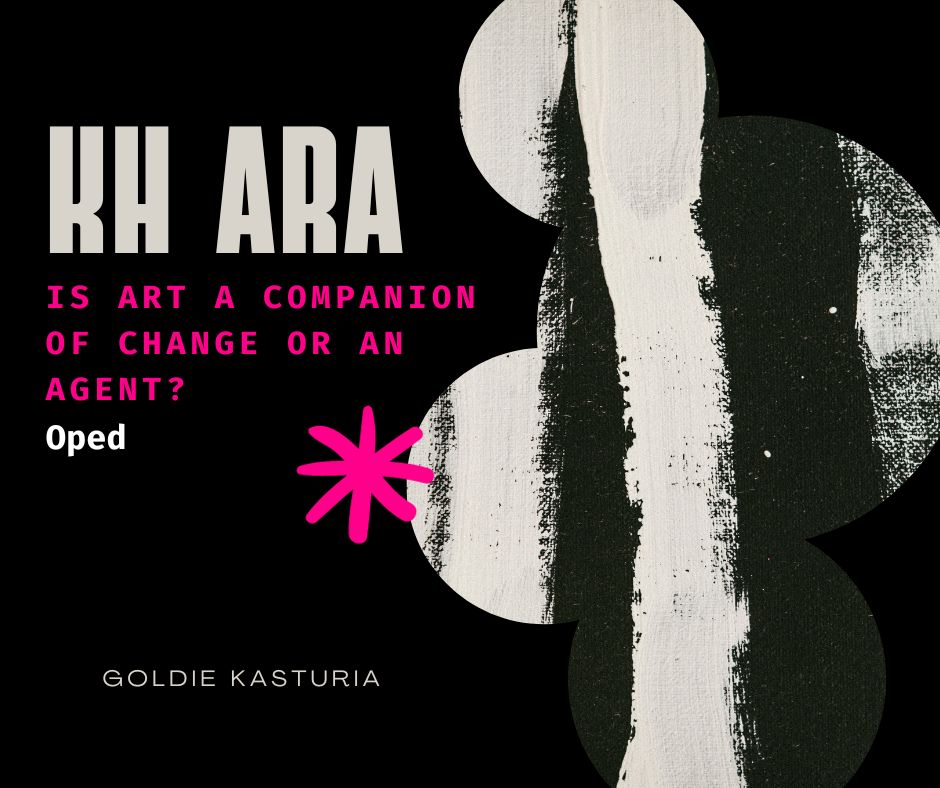
Goldie Kasturia
Founder, TAKHTE
K.H. Ara painted a sizeable horizontal painting of a procession of many Indian people in exuberant celebrations of the Independence of India, submitted it for the annual exhibition of the Bombay Art Society, and got rejected on grounds of unavailability of space enforcing arbitrary selection. Rejection mushroomed anger and lament in him, a turning point as he, along with like-minded friends F.N. Souza, S.H. Raza, M.F. Husain, H.A. Gade, and S.K. Bakre, formed ‘The Progressive Artists’ Group’ (PAG) just months after the partition and Independence in 1947.
The PAG, in the reverberation of spirit and energy of political freedom around, underlined the perception of Art being the catalyst to change, intended to break free from the shackles of academism and ideologies of the revivalist nationalism established by the Bengal School of Art and to encourage an Indian avant-garde, engaged at an international level. Emerging from various societal milieus, committed to secularism and pluralism, these artists propagated the Nehruvian ideals. They cited “the partition” as the impetus for exploring and starting the new art style. Ara ‘demanded that artists should have freedom, for their expression and should overthrow the living corpse of the worshippers of false art’. F.N. Souza, in his manifesto for the Bombay Progressives Art Exhibition in 1948, wrote, “Today we paint with absolute freedom for contents and techniques, almost anarchic; save that we are governed by one or two sound elemental and eternal laws, of aesthetic order, plastic coordination, and colour composition,”
Art, in general, is decorative, thus enhancing and gratifying. However, it may not be pleasing if it is to bring about change, and artists with a different mindset are traditionally risk-takers. They endeavour to create Art that is thought-provoking and will address situations for political, economic, and social changes. In their artworks breaking away from the stereotype, the PAG, including F.N. Souza, used an expressionistic style to illustrate both the highs and lows of Indian social life. His disproportionately sized heads and brazen nudes became his technique. K.H. Ara preferred to contemplate life in a comparatively gentler way, particularly the nude female form and still-life objects. S.H. Raza’s abstract works were replete with icons from Indian cosmology and philosophy. H.A. Gade brought minimal forms, the lucid outlook characteristic of his profession (science), to his work. Sadanand Bakre, the sculptor, transformed the human form into a new puzzle with distortion, fragmentation and partial elimination. M.F. Husain utilised a modified Cubist style to create narrative paintings; his seemingly carefree brushstrokes, marked by a signature style, explored the abstract through the figurative. The art critic Rudi Van Leyden, the artist Walter Langhammer, Schlesinger and Herman Goetz, and the German expatriates almost served as the tutors of the PAG artists. The PAG had their first group show in 1949, inaugurated by the eminent art critic Dr Mulk Raj Anand.
The Group held two exhibitions before Souza departed for London in 1949, followed by Bakre. In contrast, Raza preferred to go to Paris and the remaining artists, while still committed to the Group’s principles in their work, slowly moved toward individualised practices. Each contributed as a companions of change around. The Group failed to continue in its entity and had officially disbanded in 1954.
In the discussed scenario, their Art didn’t play a staid role in bringing a revolution in people’s minds but played an essential role in supporting a livid thought that could bring a change. Art affects the people who see and understand it; the predicament is that the people who take an interest in understanding Art are economically better than those who need a change in society and the system. This is further endorsed by Larry Rivers’s suitable statement, “Any art communicates what you’re in the mood to receive.” Still, people need to be educated to accept the change, which will be affected by the informed person. These changes will happen simultaneously when the Art is produced and not because of the Art.
Art has always been a product of its time and milieu, though it is likely to be a companion of change and most unlikely to be an agent of change. It is quite apparent that which artwork of Indian artists during pre-independence evoked people to join the Free India movement or what painting of Picasso made people join the Communist Party? Or what painting of the Futurist inspired people to join Mussolini’s Party?
The accentuated fact one fathom, if it is a painting, very few will see it; if it is a play, how many would watch it; and if it is a book, how many would read it or understand it, provided graffiti is all over the place, both as a medium of expression and at times protest, though getting banned if able to create an uproar.
Art & Culture
Letter of Appreciation
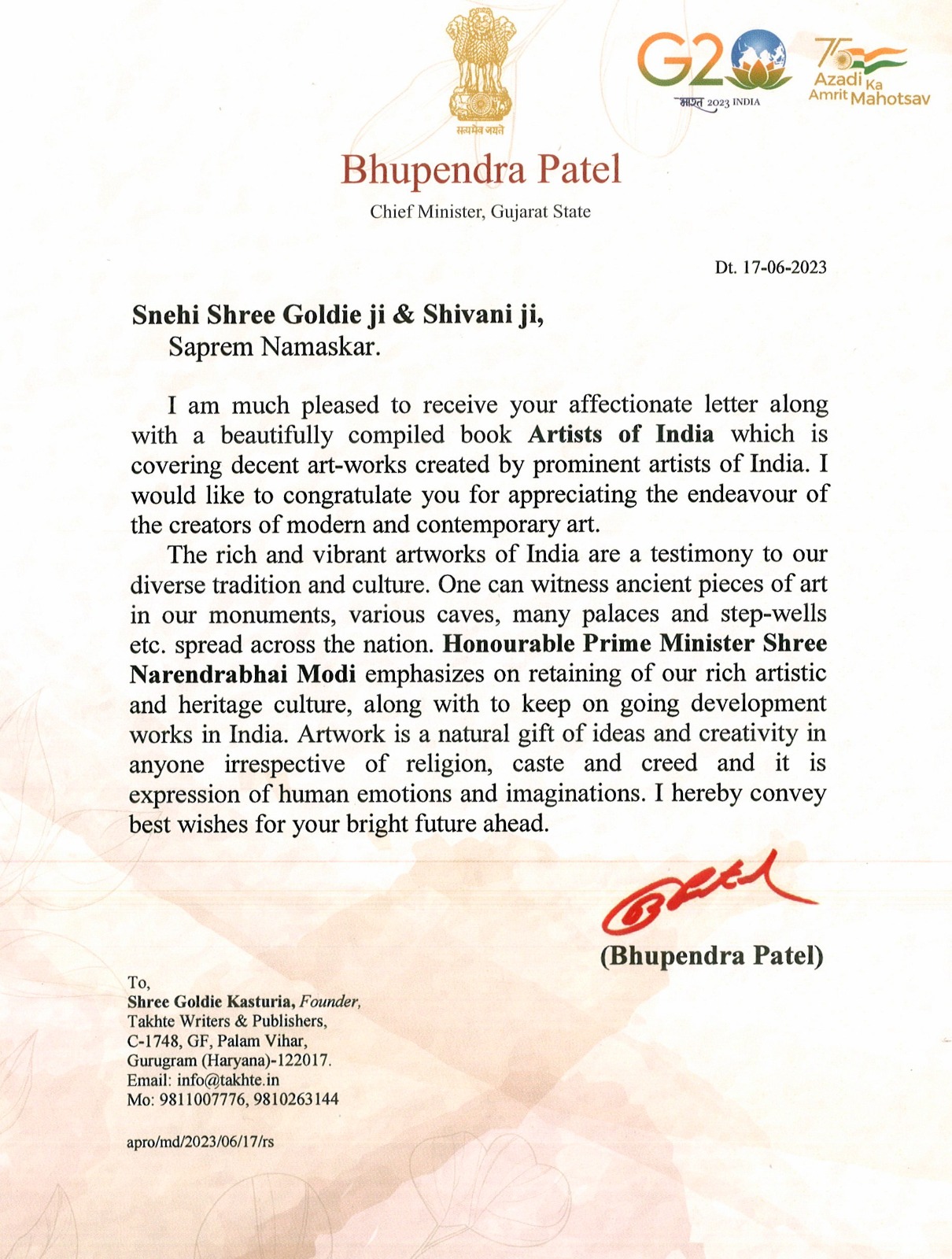
We feel elated to have received the appreciation letter from the Hon’ble Chief Minister of Gujarat, Shri Bhupendra Patel for our book ‘Artists of India: Modern & Contemporary Art’.
Thank you Sir, for your encouraging words.![]()
![]()
Authors: Goldie & Shivani Kasturia
Art & Culture
Ranga Latu Theatre Fest Buzz in Palam Vihar, Gurugram
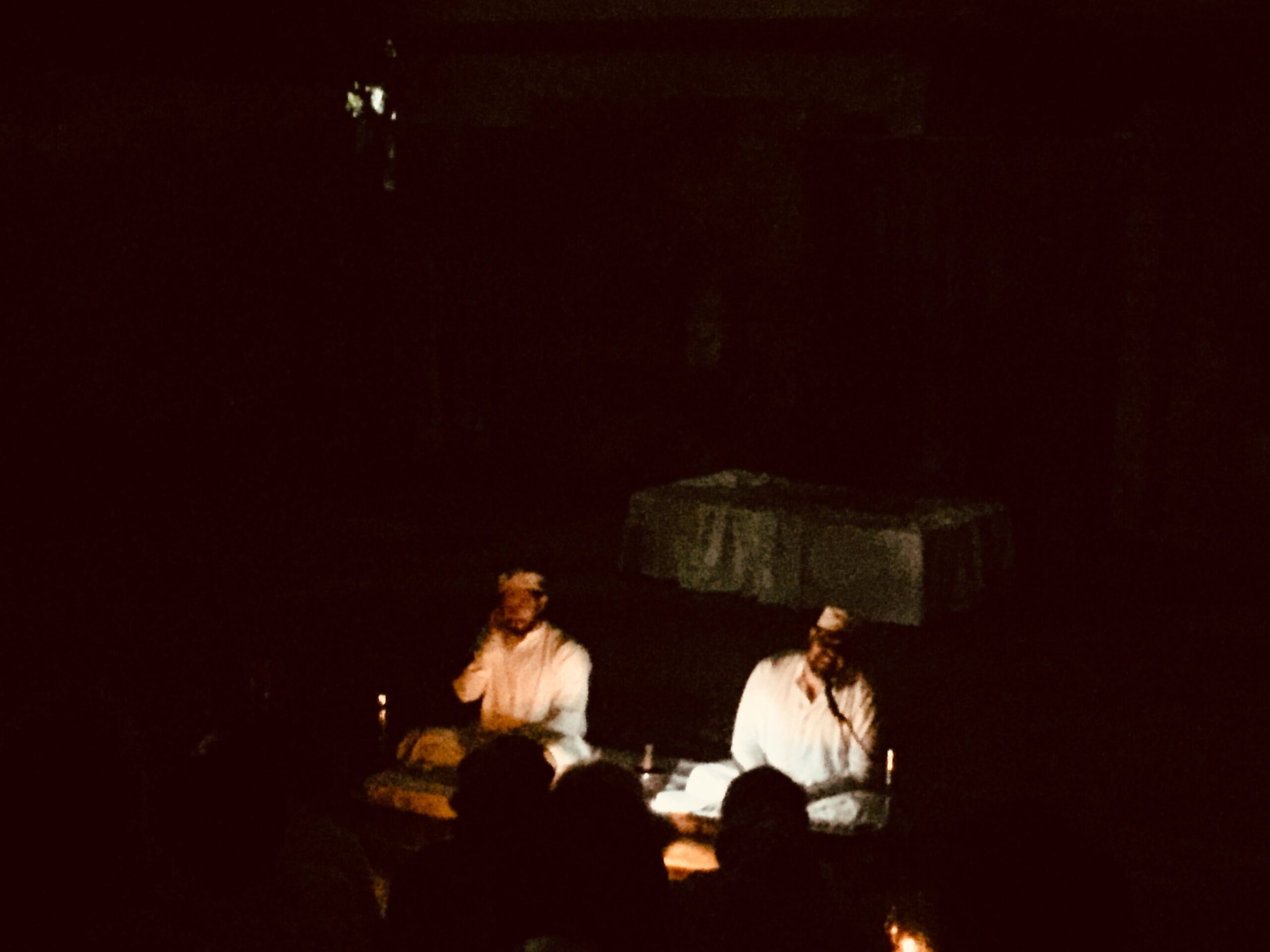
by Goldie Kasturia
Author & Founder Takhte Writers & Publishers
A day ending,
A month concluding,
Rang Latu Progressing,
Tenth Theatre group performing,
Weather overcasting,
Event postponing,
Then rains settling,
Thunder surrendering,
Sky clearing,
Stars shining,
Open sitting,
Leaves rustling,
Ohh! Lights shutting,
Mic silencing,
Speakers muting,
Murmurs hushing,
Against all odds, Stage-setting,
Diyas gleaming,
Candles flickering,
Gathering watching,
Divinity Connecting,
Nanak himself attending,
Mystical singing and storytelling,
Daastaangos reciting,
The Super act- Daastaan-E-Guru Nanak
Yes, the above words describe last night’s unforgettable experience. As some moments seized in having a conversation with Almighty. It wasn’t a visit to a religious center, or a gathering chanting and echoing the prayers but an offering. ‘Offering to Nanak’. Held at the blossoming Kalasthali Amphitheatre in the G-Block of Palam Vihar, Gurgaon, which is staging theatrical plays, that are nonetheless stimulating and inspiring.
It was a testing paper for organisers, and a rare staging took place, with an unknown and unsolved technical glitch. And, despite this fact, the New Delhi theatrical company Atelier Repertory managed to put on a performance of Daastaan-E-Guru Nanak. We surely can say that technology is not our ally forever. We have to resort to more conventional means of expression sometimes. As if Baba Nanak was creating an aura to connect with him closely and taking us back to his era.
In the open amphitheatre with an arrangement of candles, centuries-old traditional storytelling art form Daastan was enacted through, mystical music and sacred lyrics. Gaurav Suri and Udit Khattar, the Daastaangos (storytellers), created a scintillating environment of divinity and emotional unity through their recitations of both prose and poetry.
The mesmerising performance, evolving into a meditative act, with script and direction by Kuljeet Singh explores the concept of ‘Oneness’ that Baba Nanak promotes. An attempt to articulate the fundamental teachings of him, Kirt Karna (honest & diligent living), Vand Chhakna (sharing what you possess) & Naam Japna (meditating upon the name of the Almighty). The Importance of Terah, both the numeric thirteen and ultimate power of thine, thou, yours. Sarbat Daa Bhalla, ask Lord for everyone’s happiness and stick to the truth as one of the ‘Hukums‘ (orders) of the Guru.
Daastaan- E-Guru Nanak, a classic meditating act, has performed over 100 shows from drawing rooms to stages, churches, theatres and art festivals, both nationally and internationally. If you get the opportunity to watch it, you should take it off its singularity and do so because it will almost certainly teach you something new.
Theatre is one of the most well-known real-time representations of art, which takes place on a stage in the presence of an audience. Theatrical performances are known for being entertaining while also cultivating. When it comes to making an imprint on the minds of an audience, witnessing a narrative unfold via the performances of the characters generates a more lasting impact than, say, reading the story or listening to it being spoken. This is because watching a tale progress via the performances of the characters allows the audience to see how the story develops. As a result of this, it is extremely important to recognise the role that theatre and drama play within the context of the cultural environment.
Mr Ashutosh Sehlat, Founder of Search Years and Kalasthali, is contributing superbly to art and culture and keeping theatre alive. Presently organising the plays, ‘Ranga Latu’ in collaboration with Kala Gram. Plays are ongoing till 11th May 2023.
Don’t miss the last two!
-
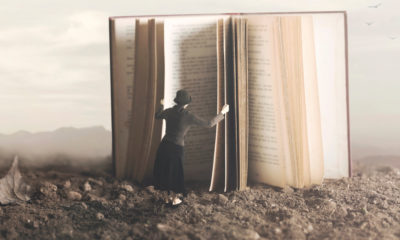
 Poems3 years ago
Poems3 years agoPoems
-

 Uncategorized2 years ago
Uncategorized2 years agoOnline Elocution Contest
-
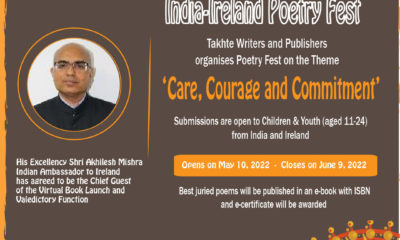
 Poems2 years ago
Poems2 years agoIndia-Ireland Poetry Fest
-

 Legal Talks3 years ago
Legal Talks3 years agoCompliances Relating to the Commercialization of Electronic Devices
-

 Legal Talks3 years ago
Legal Talks3 years agoCUSTODIAL RAPE IN LIGHT OF THE MATHURA GANG RAPE CASE
-
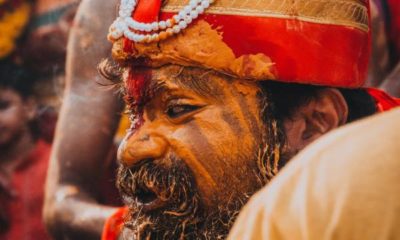
 Art & Culture3 years ago
Art & Culture3 years agoThe Lore of the Days of Yore: Significance of History
-

 Short-story3 years ago
Short-story3 years agoBibek’s visit at his friend’s bungalow
-
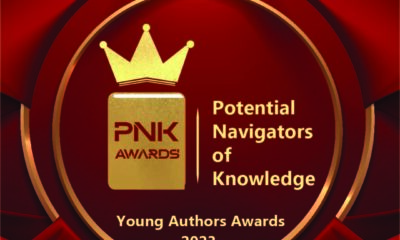
 Uncategorized1 year ago
Uncategorized1 year agoPotential Navigators of Knowledge (PNK) Young Authors Awards





